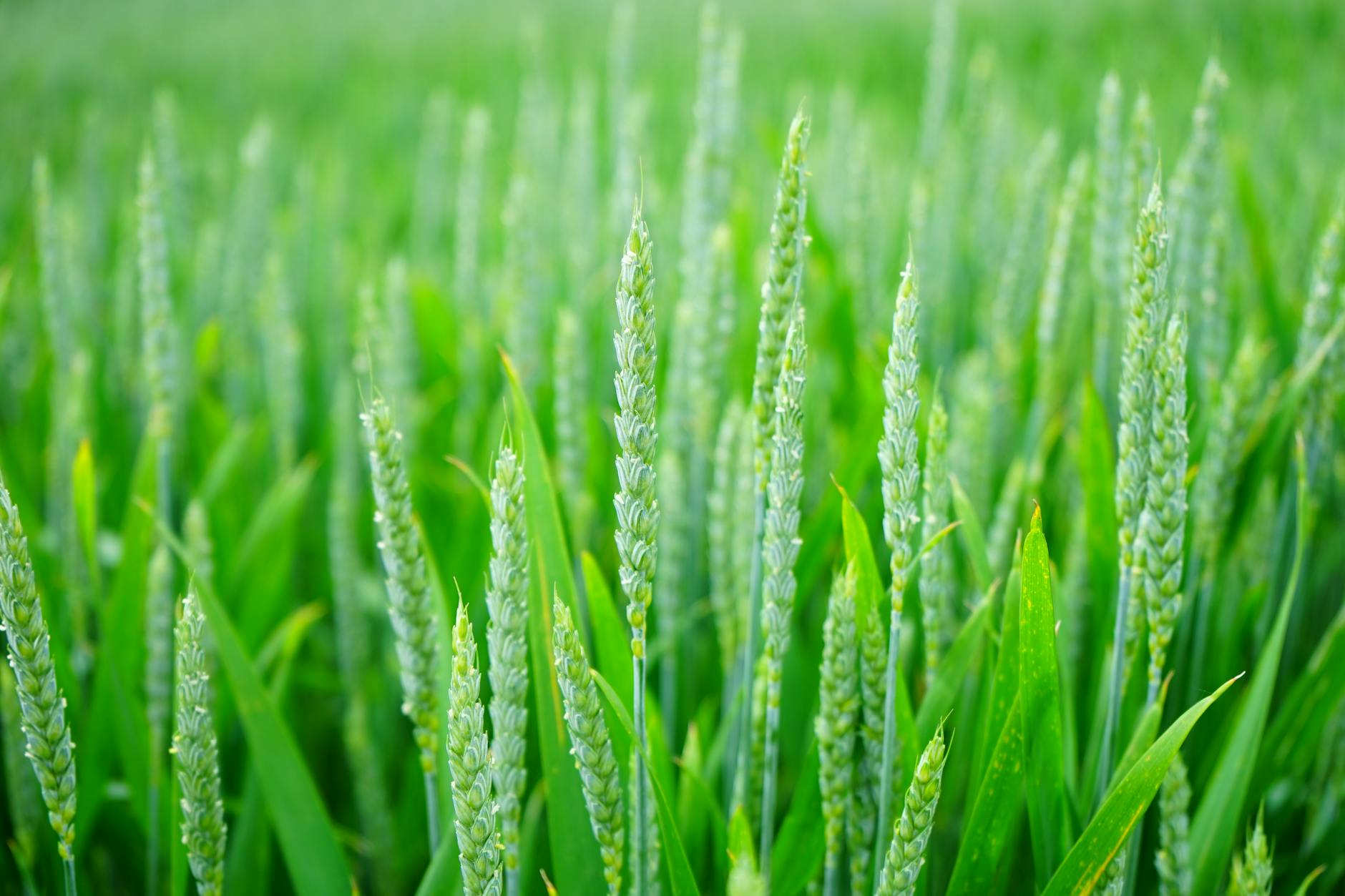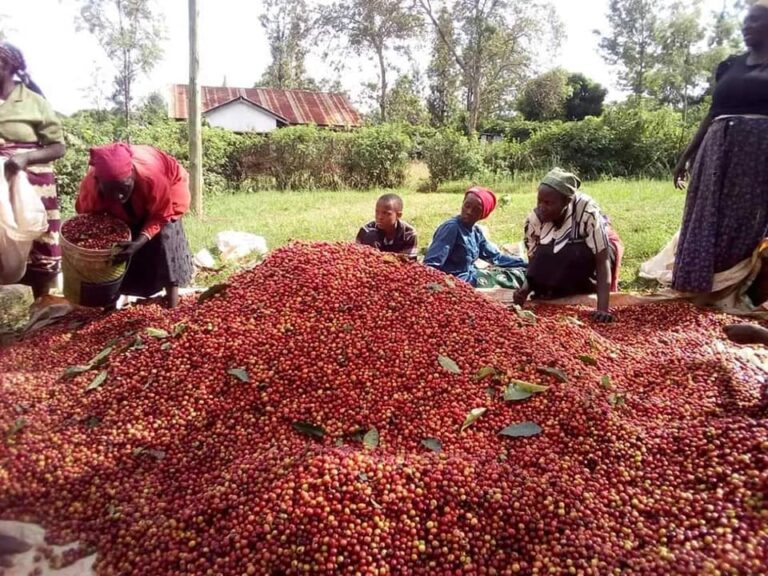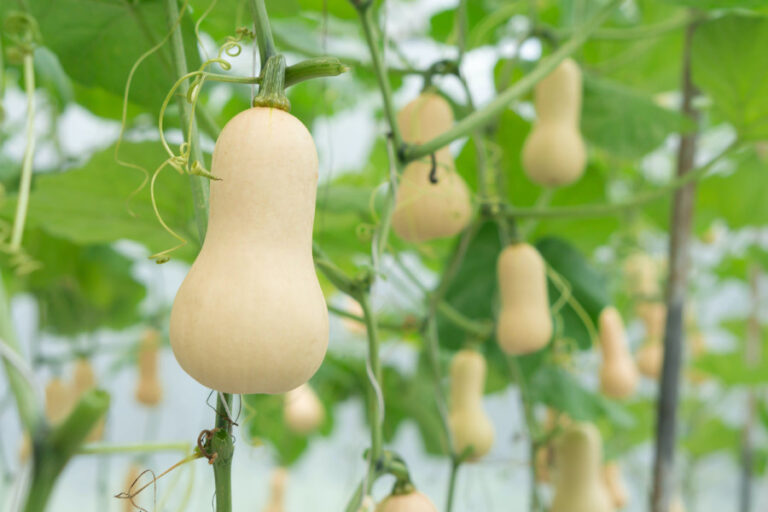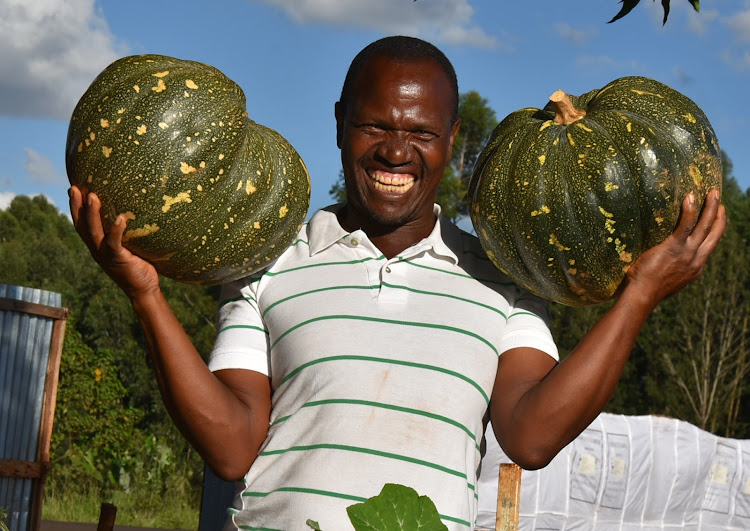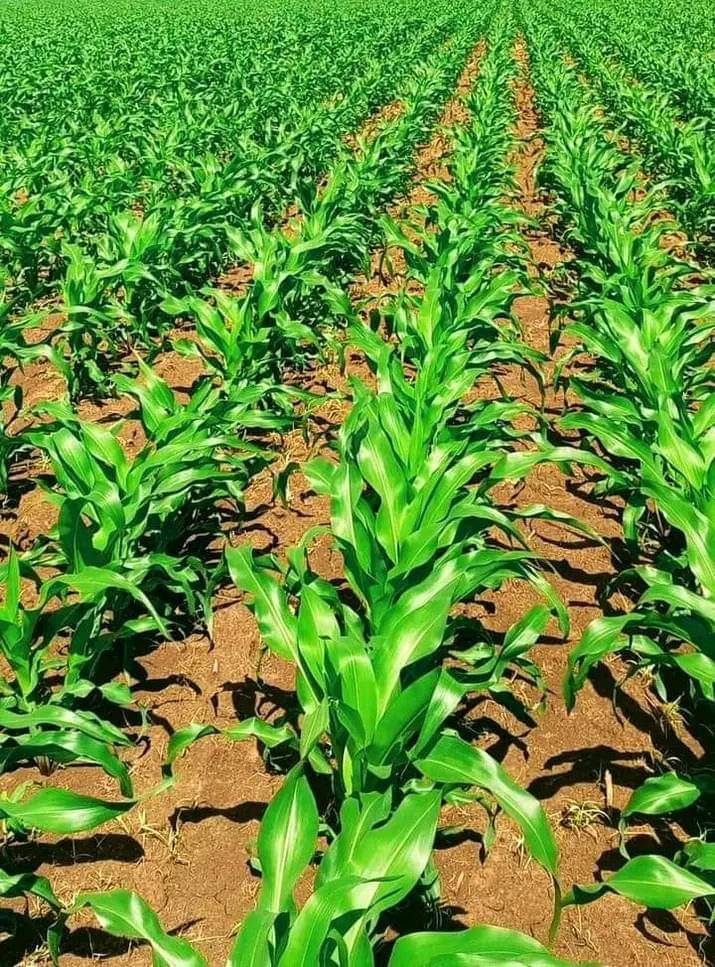Advantages And Disadvantages Of Monocropping In Agriculture
What is Monocropping in agriculture?
Monocropping in agriculture refers to the practice of growing only one crop species on a piece of land without rotating or diversifying crops. This method, commonly used for crops like soybeans, wheat, and corn, has both advantages and disadvantages that need to be considered.
Proponents of monocropping argue that it leads to higher yields and increased profitability. By focusing on a single crop, farmers can specialize their production and optimize their operations. This specialization allows for the implementation of advanced technologies and equipment, resulting in higher efficiency and greater earnings for farmers.
However, monocropping comes with several drawbacks. One of the major concerns is soil degradation. Continuous planting of the same crop depletes the soil of nutrients and weakens its fertility over time.
Monocropping also increases the risk of pest problems, as pests can easily spread and reproduce when only one crop species is present. This often leads to higher pesticide use and the development of pesticide resistance in pests.
Additionally, monocropping is demanding in terms of water usage. It requires large quantities of water for irrigation, which can put pressure on local water sources and contribute to water shortages.
Moreover, overproduction of commodity crops is another issue associated with monocropping, as it leads to market saturation and lower prices. Lastly, monocropping poses a high risk of harvest loss, as a single disease or pest infestation can devastate the entire crop.
Key Takeaways:
- Monocropping can lead to higher yields and increased profitability in agriculture.
- However, it can result in soil degradation, increased use of pesticides and fertilizers, and environmental pollution.
- Monocropping reduces biodiversity, increasing the risk of pest infestations and crop loss.
- Specialization and consistent crop production are advantages of monocropping.
- Monocropping comes with the drawbacks of soil degradation, pest problems, water demand, overproduction, and high risk of harvest loss.
Environmental Impact of Monocropping
Monocropping has significant environmental impacts, which must be carefully considered. The practice of relying on a single crop species on a large scale can lead to negative effects on the environment, including pollution and a decline in biodiversity.
One of the main concerns with monocropping is the use of chemical fertilizers and pesticides. The heavy reliance on these inputs can lead to environmental pollution and water contamination. The excessive use of fertilizers can degrade the soil over time and deplete its nutrients, resulting in reduced soil quality and decreased crop productivity.
Furthermore, monocropping contributes to the loss of biodiversity. By limiting the variety of crops grown in a particular area, monocropping reduces the habitat available for wildlife. This loss of habitat can disrupt ecosystems and negatively impact the balance of the natural environment.
Additionally, monocropping increases the vulnerability of crops to diseases and pests, as there are no other crops to provide natural pest control.
| Pros of Monocropping | Cons of Monocropping |
|---|---|
| Specialized and consistent crop production | Soil degradation and nutrient depletion |
| Technological advances and higher efficiency | Environmental pollution and water contamination |
| Higher earnings for farmers | Declining biodiversity |
“Monocropping not only affects the environment negatively but also poses risks to the long-term sustainability of agriculture. It is crucial to find sustainable farming methods that promote biodiversity and minimize environmental harm.”
Economic Benefits of Monocropping
Monocropping, despite its drawbacks, offers several economic benefits to farmers. One of the advantages of this farming method is specialized and consistent crop production. By focusing on one crop species, farmers can optimize their operations and simplify farm management.
This specialization enables them to invest in specialized technology and equipment, leading to increased efficiency and higher yields. With greater efficiency and productivity, farmers are better able to meet the demand for specific crops that are commercially in demand and profitable to grow.
Another economic advantage of monocropping is higher earnings for farmers. By concentrating on a single crop, farmers can benefit from economies of scale. With fewer crop varieties, farmers can buy seeds, pesticides, and fertilizers in bulk, reducing their production costs.
This bulk purchasing power allows them to negotiate better prices and lower their overall expenses. As a result, farmers can maximize their profits and contribute to the overall economic viability of their operations.
A table summarizing the economic advantages and disadvantages of monocropping is provided below:
| Pros of Monocropping | Cons of Monocropping |
|---|---|
| Specialized and consistent crop production | Soil degradation |
| Increased efficiency and higher yields | Pest problems |
| Meeting the demand for specific crops | Pesticide resistance |
| Lower production costs | Water demanding |
| Higher earnings for farmers | Overproduction |
Overall, while monocropping has its economic advantages, it is crucial to consider the environmental and social impacts of this farming practice as well. Striking a balance between economic benefits and sustainable agriculture is key to ensuring the long-term viability of our food systems.
Drawbacks of Monocropping
While monocropping has its economic benefits, it is not without its drawbacks. One of the primary concerns is soil degradation. Continuous planting of the same crop depletes the soil of nutrients and weakens its fertility.
Over time, this can lead to decreased crop yields and the need for expensive fertilizers to compensate for the nutrient deficiency.
Pest problems also pose a significant challenge in monocropping systems. When only one crop species is present, pests can easily spread and reproduce, leading to higher pesticide use. Unfortunately, this can result in the development of pesticide resistance in pests over time, rendering the chemicals less effective and creating a vicious cycle of increased pesticide usage.
Another issue with monocropping is its high water demand. Large quantities of water are required for irrigation, placing strain on local water sources and potentially contributing to water shortages. This becomes a significant concern in regions where water scarcity is already a pressing issue.
Overproduction is yet another drawback of monocropping. With a focus on a single commodity crop, there is a risk of saturating the market and causing a decline in prices. This can negatively impact farmers’ earnings and overall economic viability.
Finally, monocropping exposes farmers to a high risk of harvest loss. Since only one crop species is grown, a single disease or pest infestation can devastate the entire crop. This vulnerability makes farmers susceptible to significant financial losses and can leave them struggling to recover.
FAQ
What is monocropping?
Monocropping is a farming practice where only one crop species is grown on a piece of land at a time, without rotating or diversifying crops.
What are the advantages of monocropping?
Monocropping allows for specialized and consistent crop production, leading to higher efficiency and greater earnings for farmers.
What are the disadvantages of monocropping?
Monocropping can result in soil degradation, increased use of fertilizers and pesticides, environmental pollution, a decline in biodiversity, and risks of pest infestations and crop loss.
How does monocropping impact the environment?
Monocropping leads to soil degradation, environmental pollution, water contamination, deforestation, and a reduction in biodiversity.
What are the economic benefits of monocropping?
Monocropping allows for specialized production, high efficiency, greater yields, and higher earnings for farmers.
What are the drawbacks of monocropping?
Drawbacks of monocropping include soil degradation, pest problems, pesticide resistance, high water demands, overproduction, and a high risk of harvest loss.
